EU initiative urges collaboration with wind and wave energies and offshore seafood production

A new EU project led by University College Cork (UCC) in Ireland has been looking at smarter and more sustainable ways of sharing sea space. Project leader Dr. Gordon Dalton, a research fellow at UCC, believes partnerships with renewable energy providers – wind and waves – could allow aquaculture to play an increasingly larger role in global protein production.
Funded under the European Commission’s Horizon 2020 Blue Growth program, the 18-month Maribe (Marine Investment in the Blue Economy) Project has uncovered some promising ideas for promoting growth and jobs within the blue economy.
Blue Growth, which promotes best use of Europe’s ocean areas and coastlines, has identified five key areas for sustainable growth, one of which is aquaculture.
“Aquaculture needs to move offshore, to access more nutrient-rich and less polluted waters, which will help with public acceptance of products farmed in the sea,” said Dalton. “We believe that multi-use platforms, sharing of a single space and consequent cost sharing, offer the greatest potential for this to happen.”
Europe’s aquaculture production is currently worth €1.6 billion at first-sale value and accounts for 90,464 jobs, while the overall blue economy represents around 5.4 million jobs and generates a gross added value of almost €500 billion per year.

Yet synergies among marine industries are currently limited.
The Maribe project, which worked with 11 partners from Ireland, United Kingdom, Belgium, Spain, Italy, Malta and the Netherlands, acknowledges the considerable potential for further blue growth and for collaboration amongst different industry partners.
Making the most of multi-use spaces
Attention was paid to the potential for sharing aquaculture with new and emerging industries such as marine renewable energy, marine biotechnology and seabed mining. The study also looked at previous projects that focused on multi-use of space or platforms such as Mermaid and Tropos, and rated the potential for various combinations from technical, environmental, socio-economic, financial and commercial perspectives.
“This was a ground-breaking project that helped to identify synergies between different users of the marine space, and enabled us to work up case studies on nine potential combinations of businesses. These included aquaculture with innovative wind and wave power solutions,” said Dalton.
The nine multi-purpose projects were assisted to prepare for a Dragon’s Den-type presentation, which included developing a viable business plan and financial projections.
Aquaculture needs to move offshore, to access more nutrient-rich and less polluted waters, which will help with public acceptance of products farmed in the sea.
In June 2016, each project was pitched to an international panel including representatives from Ernst & Young, DNB Norway, Scottish Investment Bank, ORE Catapult, International Energy agency, World Ocean Council and trade associations. The aim was to provide valuable feedback and impartial advice to assist individual projects to move towards a commercial stage and to secure funding.
One interesting project combines offshore wind turbines mounted on floating platforms, sharing space with fish cages. Proposed by Grupo Cobra, which has experience working with fixed wind farms, and Besmar, an offshore aquaculture consulting company, the aim is to undertake trials off the southeast coast of Gran Canaria, which lies off the west coast of Africa.
Advantages of such a collaboration include more efficient use of licenced space, which is generally in limited supply, and the ability of floating wind farm structures to project fish cages from damage by currents and waves. There are also financial benefits from sharing expensive security and monitoring systems.
Wave energy converters
Another project plans to use a wave energy converter (WEC) in combination with a seaweed farm. Wave Dragon, a Danish/UK based company hopes to deploy an array of wave energy converters off the Welsh coast.
Their plan is a good fit for Norwegian company Seaweed Energy Solutions (SES), which is looking to move seaweed farms further offshore, having completed a successful trial growing seaweed in inshore waters in Norway. Its farm in Frøya is one of the largest seaweed cultivation farms in Europe.
“It’s really interesting to explore new collaborations between marine actors in the use of ocean space,” said Frank Neumann, a civil and wave engineering expert on the SES staff.
“By doing so we can become more efficient, share technological learning, share installation and maintenance costs, and most importantly, take our seaweed farms into areas we couldn’t previously consider. We already work with Norwegian fish farming companies and are looking forward to collaborating with a wave energy company to make the vision a reality.”
The seaweed farm will benefit from calmer waters when situated behind the Wave Dragon array, and during times of rough weather, the farm structures can be lowered into deeper water using electricity generated by the WEC. Electricity will also be exported to the national grid.
Another wave energy/aquaculture project is being developed by Albatern and AquaBioTech Group. Albatern’s radical new wave energy device WaveNET, captures energy from ocean waves and converts it into sustainable low-carbon electricity.
It’s really interesting to explore new collaborations between marine actors in the use of ocean space.
It is planned to install WaveNET close to fish farms in Ireland, Scotland, Wales and Malta, up to 6 kilometers offshore. The aim is to provide electricity direct to the fish farms, whose feeding systems are energy intensive, thereby reducing running costs and ensuring a supply of sustainable energy.
Onshore fish farm installations situated in areas of high wave energy could also benefit from cheaper energy costs by siting a WaveNET installation in the vicinity.
“Maribe 1 was an exciting project and we have already applied for funding to help us undertake Maribe 2. This is a project that will enable us to identify sources of public/ private partnership funding for large-scale deployment of multi-purpose platforms and multiple use of space, involving multiple partners. We should hear early in 2017 if we have been successful with the bid,” said Dalton.
Work has also just started on a bid for Maribe 3, a project that will demonstrate the exact nature of any mutual benefits from sharing marine space.
“Maribe 3 will combine the projects of several different stakeholders who participated in the first project, in a full-scale pilot,” Dalton said. “The aim is to deploy a multi-use shared platform that will provide cost savings and synergies for finfish, mussel and macro-algae farms. It will be powered by wave and wind energy and be deployed in Malta.”
Not one to stand still, Dalton is also working up projects with other stakeholders from Maribe 1, and seeking out new sources of research funding to help investigate them further.
Now that you've reached the end of the article ...
… please consider supporting GSA’s mission to advance responsible seafood practices through education, advocacy and third-party assurances. The Advocate aims to document the evolution of responsible seafood practices and share the expansive knowledge of our vast network of contributors.
By becoming a Global Seafood Alliance member, you’re ensuring that all of the pre-competitive work we do through member benefits, resources and events can continue. Individual membership costs just $50 a year.
Not a GSA member? Join us.
Author
-
Nicki Holmyard
Nicki Holmyard has written about the seafood industry for longer than she cares to remember! A committed pescetarian, she is also a partner in the UK’s first fully offshore rope-grown mussel farm.
Tagged With
Related Posts
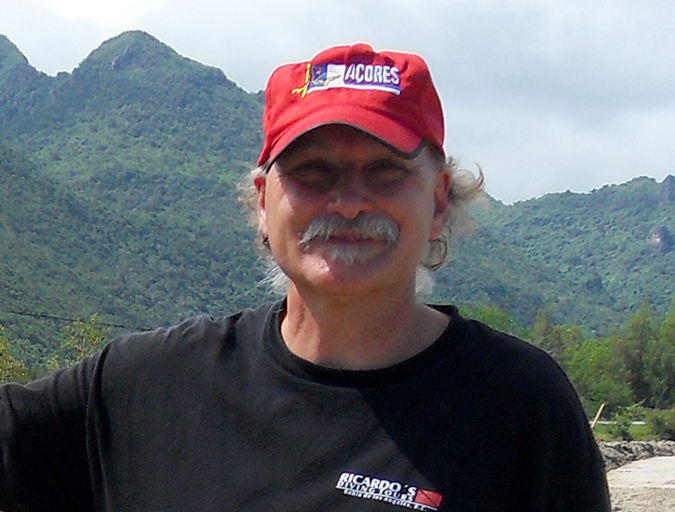
Innovation & Investment
Aquaculture Exchange: Barry Costa-Pierce, UNE
University of New England Professor Barry Costa-Pierce says aquaculture is often neglected in studies examining ocean health and ecosystem and resource management. The “Ocean Prosperity Roadmap” released this summer, he said, was more of the same.
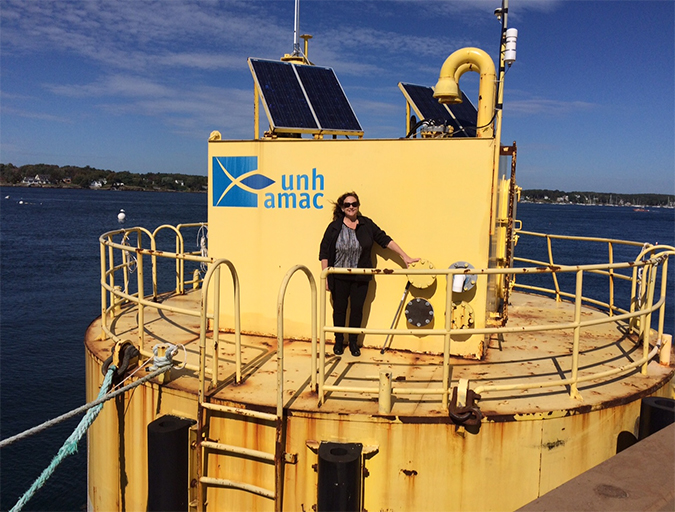
Innovation & Investment
Out of sight, not out of mind
Moving aquaculture offshore could spark a global production boost needed to meet growing demand for protein. Producers and investors, however, are wary of the challenges, cost and regulatory red tape. One patient U.S. entrepreneur, however, is undaunted.
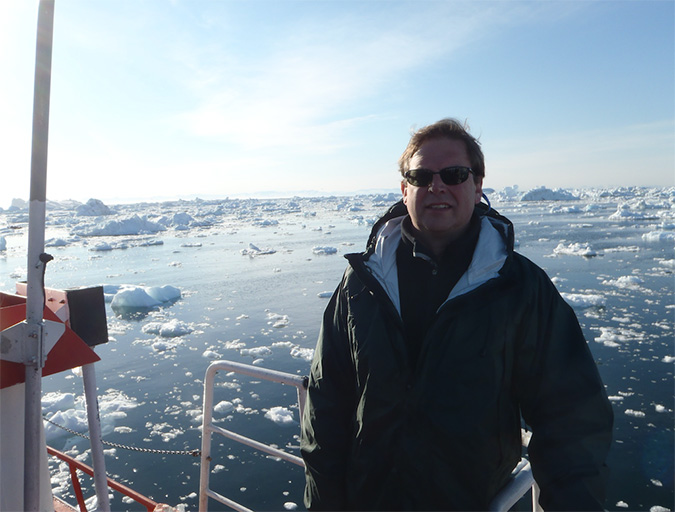
Innovation & Investment
Aquaculture Exchange: Sebastian Belle
The executive director of the Maine Aquaculture Association talks to the Advocate about the diverse and growing industry in his state (oysters, mussels, kelp, eels and salmon) and how aquaculture should be used as a rural development tool.
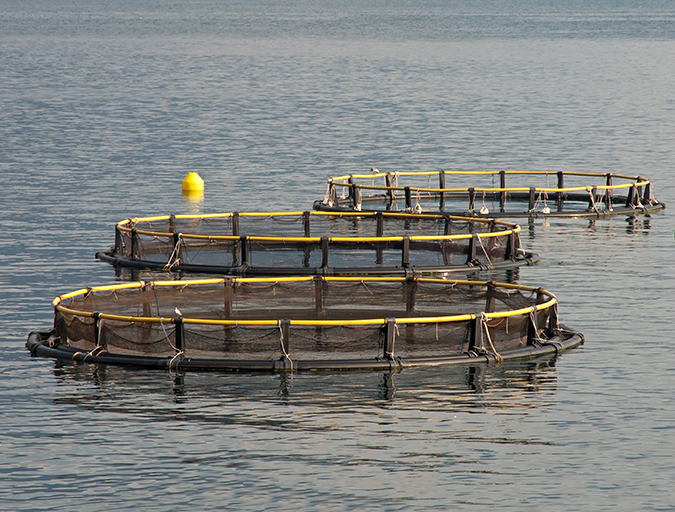
Intelligence
Rubino, Knapp lay out ‘political economics’ of U.S. aquaculture
Michael Rubino and Gunnar Knapp list key reasons why U.S. marine aquaculture has been limited to a scale far below its vast potential.
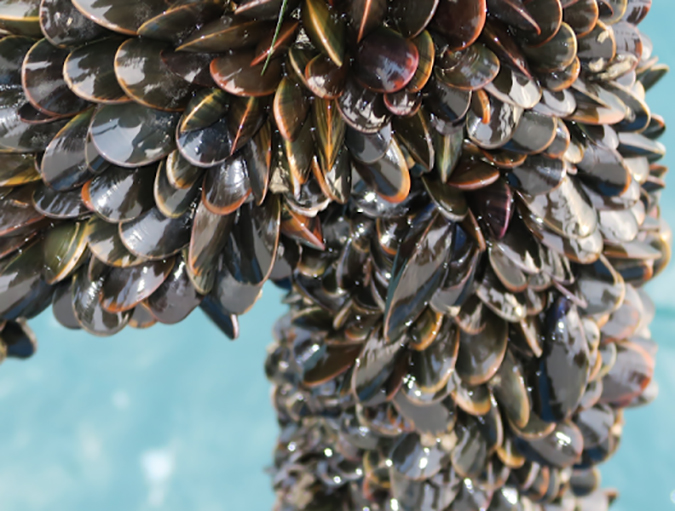
Innovation & Investment
Pioneering U.K. mussel farm channels innovation, ambition
John Holmyard’s family has navigated a complex journey to get their rope-grown mussel farm operational in the waters off southern England. Offshore Shellfish Ltd. has solved the puzzles of bespoke equipment, a perplexing permitting process and the social license to operate.
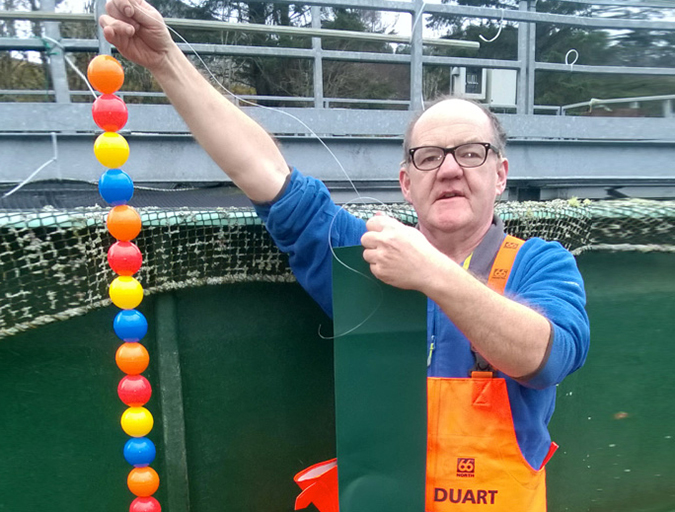
Health & Welfare
Time to play: Farmed fish respond to environment enrichment
Animal welfare on fish farms encompasses health, diet, water quality, husbandry, handling and slaughter. Add environment enrichment to the list, like a Scottish salmon company, which keeps its fish healthy by keeping them busy.



